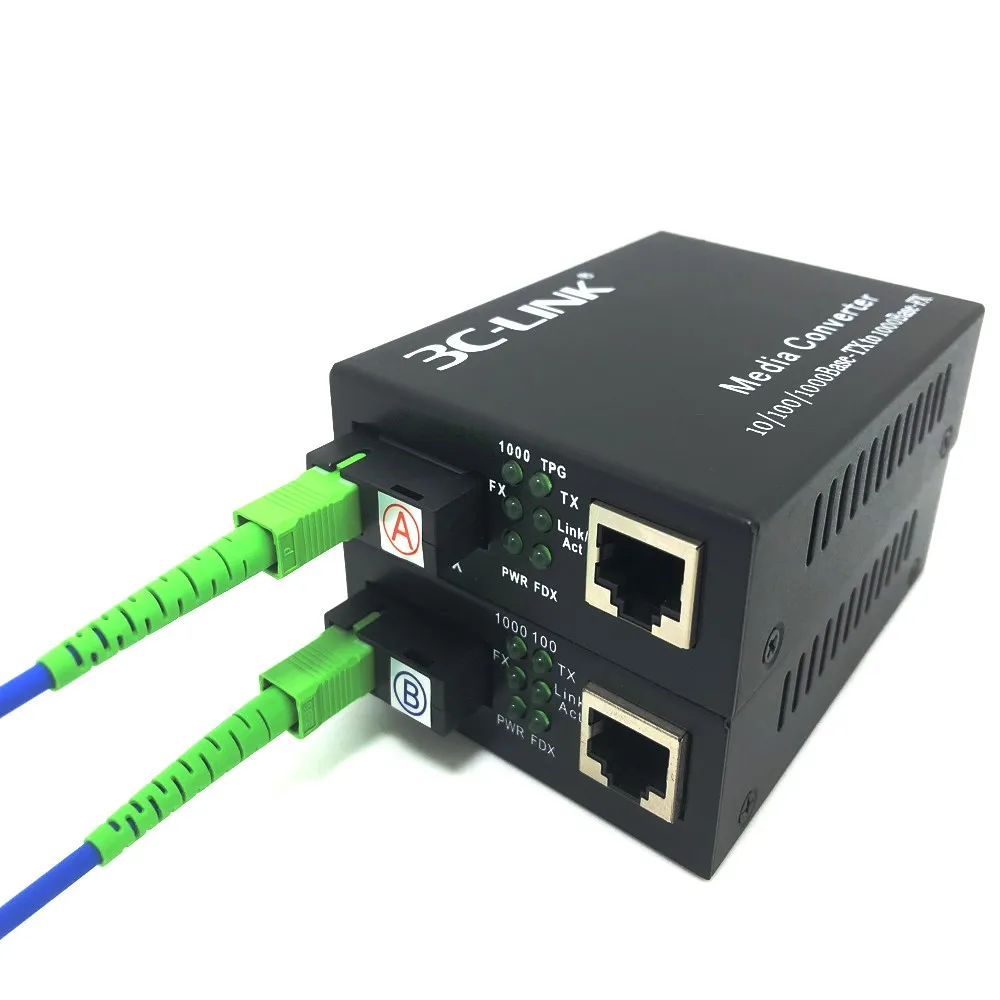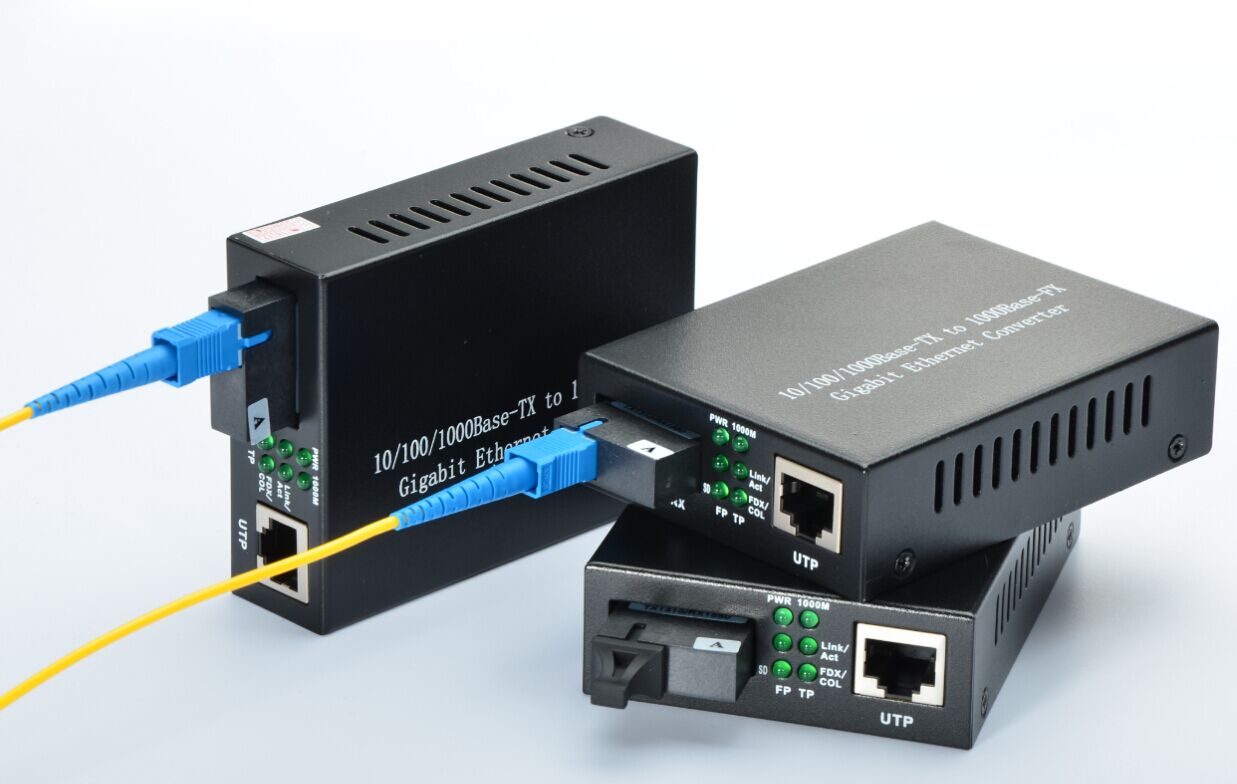

- Fiber to fiber media converter serial#
- Fiber to fiber media converter Pc#
- Fiber to fiber media converter free#
Serial to Fiber Media Converter Applications T3/E3 media converters also provide a cost-effective solution for extending telecom demarcation points. They can be used to connect to devices such as PBXs (private branch exchange), multiplexers, routers and video servers via fiber. T3/E3 copper to fiber converters provide coax-to-fiber conversion and can be framing independent to operate with framed or unframed, channelized or fractional unchannelized data streams. In this application, a pair of T1/E1 media converters are used to extend the demarcation point (hand-off from the Service Provider) to another tenant building with fiber.įigure 4: T1/E1 Application. They operate in pairs extending distances of TDM circuits over fiber.
Fiber to fiber media converter free#
They enable the deployment of fiber into campus or industrial environments where fiber is free from electrostatic interference noises, making these converters especially important. T1/E1 copper to fiber media converters often provide diagnostic features to support the installation and maintenance of T1 or E1 connections. The application is often within a building, building complex or campus. T1/E1 and T3/E3 converters are two common types. TDM (Time Division Multiplexing) copper to fiber media converters can be used to extend traditional TDM telecom protocol copper connections using fiber cables, which can improve noise immunity, quality of service, intrusion protection and network security. TDM Copper to Fiber Media Converter Applications

Redundant links can run in parallel paths or geographically diverse paths shown below. They are designed for mission-critical network applications that require fibers or copper links to automatically recover less than 10ms (millisecond), such as ISPs (Internet Service Provider), telecom, hospitals, banks and enterprises. Provided that one cable link is broken, the redundant link is enabled to ensure 100% uptime.


Via the built-in DIP (dual in-line package) switches, the converter can be configured as 2-port redundant mode, which supports auto-recover function. Redundant Ethernet media converters usually have three ports, providing fiber or copper link redundancy. An Ethernet switch (D) is connected directly via fiber to the media converter linked with the core switch (A).įigure 2: High-Density Fiber Distribution Application.
Fiber to fiber media converter Pc#
Another media converter connects a PC RJ45 port in a fiber-to-desktop application (C). An Ethernet switch (B) is connected to the network core with a standalone media converter via a fiber. In this application example, chassis-based media converters are for high-density fiber distribution from the network core (A). For better management and space saving, they are usually installed in a redundant power chassis. In these cases, a number of fiber media converters are deployed. High-density fiber distribution is needed in large data centers, enterprise and campus networks. High-Density Fiber Distribution Application This application is very simple and efficient, which can be widely used in individual homes or small businesses.įigure 1: Point-to-Point Application. For example, a pair of media converters can be used in point-to-point connections that connect two Ethernet switches (or routers, servers, hubs) via a fiber cable, or to connect switches to the workstation and file server. Point-to-point connection is a data link between two communication endpoints or nodes. Ethernet Copper to Fiber Media Converter ApplicationsĮthernet copper to fiber media converters serve as the most basic type supporting 10/100/1000Mbps or 10Gbps, which are applied to a variety of common scenarios, including point-to-point, high-density fiber distribution and redundant fiber/copper applications.


 0 kommentar(er)
0 kommentar(er)
